Ocotlan Red Rim
Ocotlán Red Rim is characterized by a well-burnished light orange slip and a red painted band on the rim. It occurs in a basic Sencillo subtype, but is often elaborated in subtypes defined by incised or painted decoration.
Paste and Firing Effects
The paste is a light brown to light reddish-brown color. It has a fine to medium grain size, with a light density of small to very small inclusions. The paste is compact and ranges from medium hard to hard. Small to medium firing cores are occasionally found, as are firing clouds. The interiors of superhemispherical bowls are occasionally a streaky white color instead of the usual orange, probably as the result of firing anomalies.
Surface Treatment
Ocotlán Red Rim pottery is medium- to well-burnished, often to a luster. The surface is covered with a light orangish slip that is relatively uniform over a white base coat. The surface color is generally lighter than that of either Apolo Polychrome and Aquiahuac Polychrome, and it has relatively fewer pronounced brush strokes than Apolo Polychrome.
Decoration
The diagnostic decorative element of this type is a red painted band extending about .5 to 1.0 cm down from the interior and/or exterior rim. While this trait is nearly always present, on more elaborately decorated subtypes it may be incorporated into other aspects of the decoration. In addition to the basic Sencillo subtype, five other subtypes have been identified: Incised, Banded, Banded Elegante, Elegante, and Cristina Matte.
The Sencillo subtype is defined simply by the burnished orange surface with the red painted band on the rim (Figs. 1-2). This was the most common subtype of Ocotlán Red Rim found at UA-1, comprising 76% of the type total. It usually occurs as conical bowls, including both direct and flared rim forms, and superhemispherical bowls.
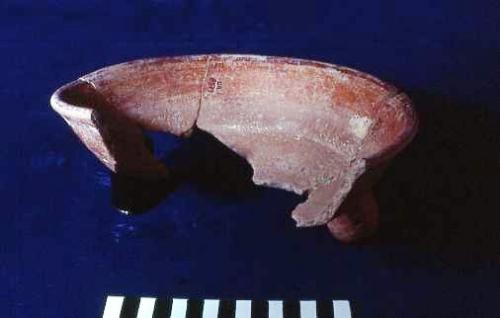
Figure 1: Ocotlan Red Rim tripod conical bowl
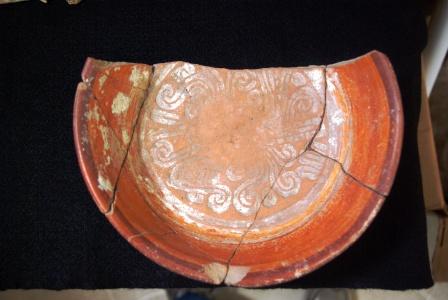
Figure 2: Ocatlan Red Rim Sencilla with stamp bottom base
The Incised subtype has a dark brown/black painted panel on the exterior that is decorated with fine line incising (Fig. 3). Motifs include simple to complex geometric designs and hatched circles. This subtype is very similar to the Cocoyotla subtype Incised in terms of the design configurations, but can be distinguished on the basis of the characteristic surface treatment and red band of the Ocotlán type. This subtype was rare at UA-1, occurring as only 1.8% of the type total. It usually occurred on conical bowls.
The Banded subtype is characterized by a series of 2 to 4 black painted lines placed horizontally on the interior vessel wall just below the rim (Fig. 4). As with other subtypes of Ocotlán, a red painted band appears on the rim itself. This subtype is similar to the Cocoyotla subtype Banded in terms of the painted bands, but can be distinguished based on the well-burnished surface and the red painted band on the rim. This subtype only occurred as 1.1% of the type total, with conical bowls as the most common vessel form.
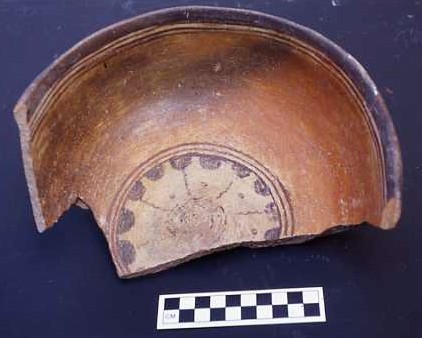
Figure 4: Ocotlan Red Rim Banded subtype hemispherical bowl
The Banded Elegante subtype is similar to the Banded subtype in terms of the black painted lines below the interior rim, but this subtype also features polychrome decoration on the burnished exterior (Figs. 50a-b). Colors include red, orange and black over an off-white background, with decoration occurring in a horizontal panel below the rim. Motifs include complex geometric motifs and codex-style representations, notably the "earth monster." This subtype occurs in very low frequencies (3%) of the type total, with conical bowls in both direct and flared rims as the most common vessel form.

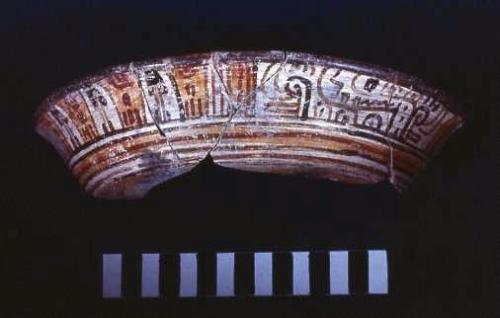
Figure 5a-b: Ocotlan Red Rim Banded Elegante subtype conical bowl
The Elegante subtype features elaborate polychrome decoration on the interior and/or exterior vessel walls (Figs. 6-8). Colors and motifs are similar to those on the exterior of the Banded Elegante subtype. The Elegante subtype occurred in low frequency (8% of the type total), with conical bowls and flared rim outleaned wall bowls as the most common vessel forms.
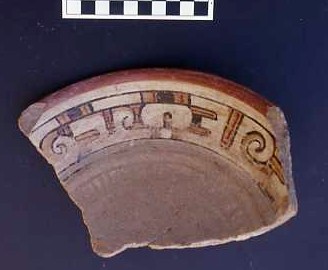
Figure 6: Ocotlan Red Rim Elegante subtype conical bowl
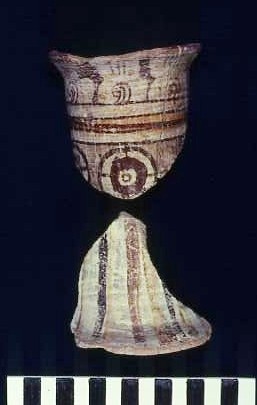
Figure 7: Ocotlan Red Rim Elegante subtype copa
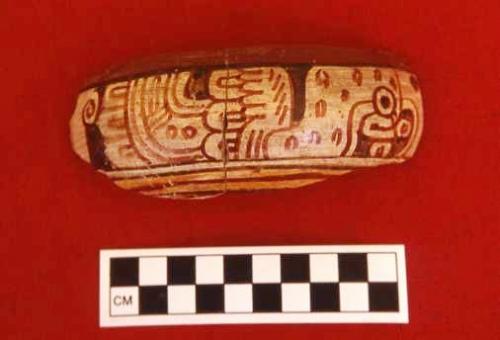
Figure 8: Ocotlan Red Rim Elegante subtype hemispherical bowl
The Cristina Matte subtype is distinctive for its white background and motifs painted in red and black. Motifs include curvilinear motifs, especially volutes, that often form codex-style representations (Figs. 50e-g, 55-56). This subtype can resemble examples from Isla de Sacrificios on the Gulf Coast (García Payón 1971), but despite the elaborate painted decoration it retains the features of the basic Ocotlán type, i.e., the burnished orange slip and the red band at the rim. The Cristina subtype occurred in moderate frequency (10%) in the type total, with superhemispherical bowls and conical bowls as the most common vessel forms.

Figure 9: Ocotlan Red Rim Cristina Matte subtype superhemispherical bowl
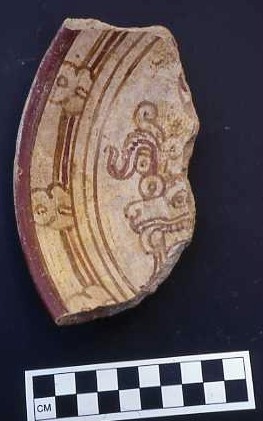
Figure 10: Ocotlan Red Rim Cristina Matte shallow bowl
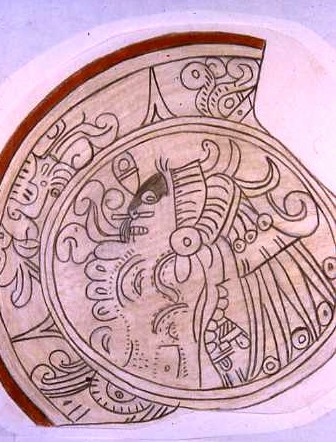
Figure 11: Ocotlan Red Rim Cristina Matte subtype shallow dish (drawn by S. McCafferty)
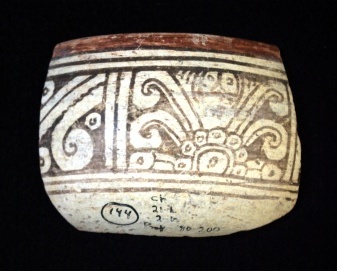
Figure 12: Ocotlan Red Rim Cristina Matte subtype superhemispherical bowl
Vessel Forms
This type usually appears as serving vessels, although the unusual firing effects on Sencillo superhemispherical bowls may indicate a cooking function for this particular vessel form. The two major vessel forms were conical bowls and superhemispherical bowls.
Conical bowls occur with either direct or flared rims, and are common to all subtypes. In the basic Sencillo subtype this form ranges in rim diameter from 15 to 30 cm. Direct rim conical bowls are deeper, averaging about 7 cm in vessel height, while flared rim conical bowls average about 4 cm in height. This form often has bulbous, hollow supports, and will occasionally have a stamp-impressed grater bottom.
Superhemispherical bowls are common in the Sencillo and Cristina Matte subtypes. Sencillo subtype superhemispherical bowls measure about 15 to 20 cm in rim diameter, and between 8 to 10 cm in vessel height. An unusual characteristic of these vessels was a streaky, light gray color on some examples, probably as a result of firing technique or from cooking. Cristina Matte subtype vessels were slightly larger, measuring 19 to 22 cm in rim diameter, but no examples were sufficiently complete to measure the vessel height.
Discussion
Ocotlán Red Rim is a distinctive type that has not been recognized previously. Noguera (1954:92) grouped the Sencillo subtype with his "decoración sencillo" which he attributed to the Late Postclassic period. Other subtypes were distributed between his "esgrafiada," "polícroma firme," "polícroma laca," and "blanca y roja sobre crema" types.
Mountjoy and Peterson (1973:31, 84) classified Ocotlán Red Rim in their "Sanchez" cluster of types, which also included Apolo and Aquiahuac Polychromes.
Ocotlán Red Rim was not found in the UA-79 excavations, but it has been identified at UA-9 (Turner n.d.) and at the Cholula Fonatur excavations (Caskey 1982a, 1982b). In Lind's (1994) ceramic classification, Ocotlán is divided into three types: "Marta Polychrome" includes the Sencillo and Banded subtypes; "Estela Polychrome" includes the Banded Elegante and Elegante subtypes; and "Cristina Polychrome" includes the Cristina subtype. These types are diagnostic of Lind's Aquiahuac Phase, corresponding to approximately 1000-1200 c.e. Ocotlán Red Rim was the major polychrome type found in the San Pedro well deposit dated to the Middle Tlachihualtepetl phase (McCafferty 1996a).
Ocotlán Red Rim was the most abundant decorated type found at UA-1, making up 13.4% of the total assemblage (Table 14). It appeared as only a trace in Wells 1 and 2, but was prominent in both the Trash Midden (11%) and Well 3 (8%). It was also found in high frequencies in Structure 1 floor contact deposits (23%). In terms of the frequency distributions of the Ocotlán subtypes, the most significant difference is the relatively high frequency of the Cristina subtype in the midden deposit as compared to Well 3, suggesting that this subtype may be useful for further refinement of the ceramic sequence.
The importance of Ocotlán Red Rim in Structure 1, the Trash Midden, and Well 3, in contrast to other features found at UA-1 and elsewhere in Cholula, indicates its potential value as a temporal diagnostic for the Middle and Late Tlachihualtepetl phases of the Early Postclassic. The fact that the Sencillo subtype has previously been lumped with types associated with Apolo Polychrome is one likely source for confusion over the Cholula Postclassic sequence, since in many contexts at UA-1 these two types do not co-occur.
The surface treatment of an orange slip over a white base coat is characteristic of Ocotlán as well as Apolo and Aquiahuac Polychromes, and possibly indicates an evolving decorative tradition. Other decorative techniques, such as the Incised and Banded subtypes are very similar to the corresponding subtypes of Cocoyotla Black on Natural, which may have been the precursor to the polychrome tradition. The decorative techniques found on the Elegante subtype are similar to Torre Polychrome. Finally, the Cristina subtype is similar to Cuaxiloa Matte Polychrome, and is very similar to Isla de Sacrificios II White on Cream from the Gulf Coast (García Payón 1971). Ocotlán Red Rim was probably the earliest polychrome type at Cholula, and the stylistic diversity exhibited through its various subtypes related it to many of the other types from the Postclassic complex.

